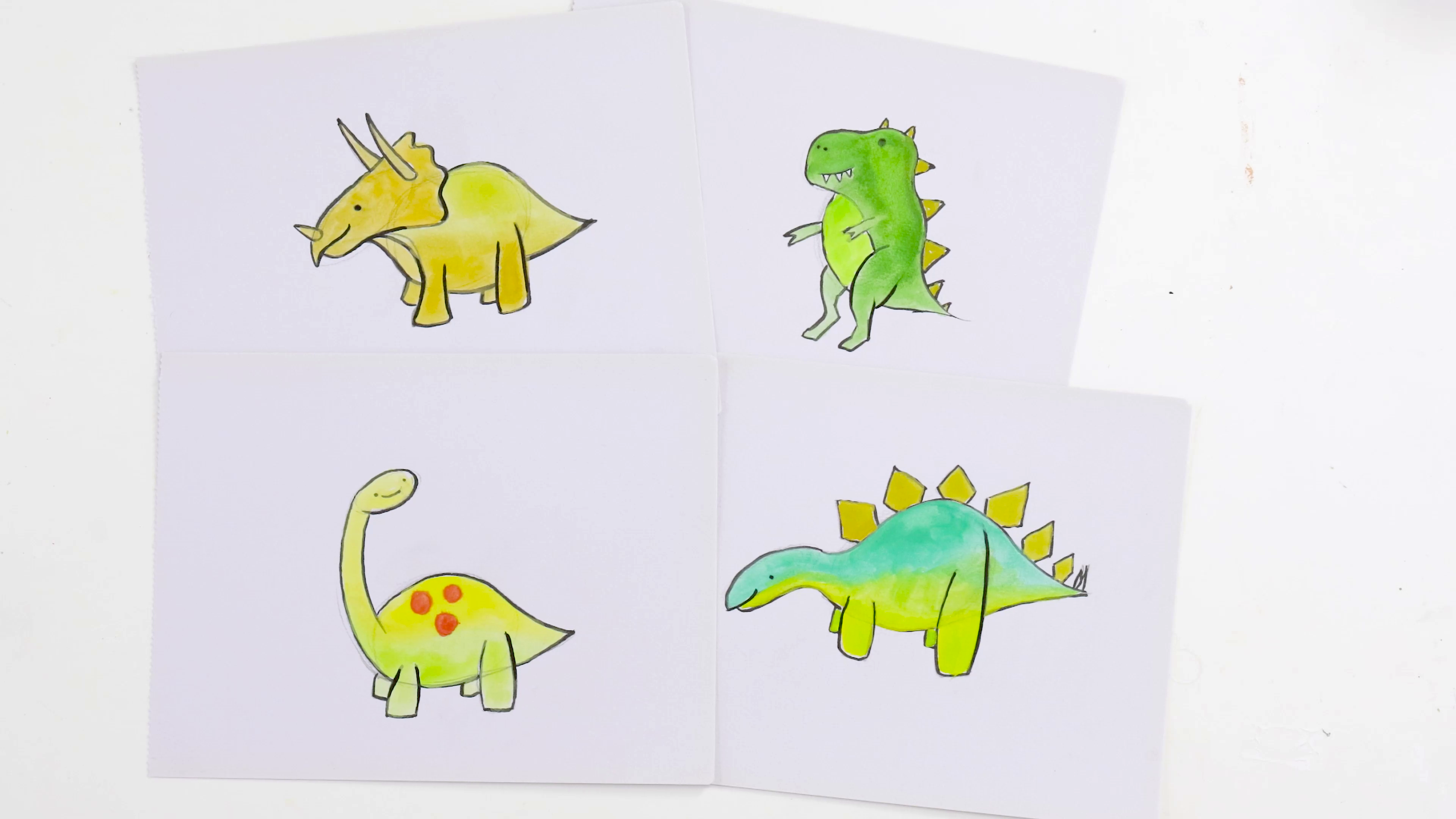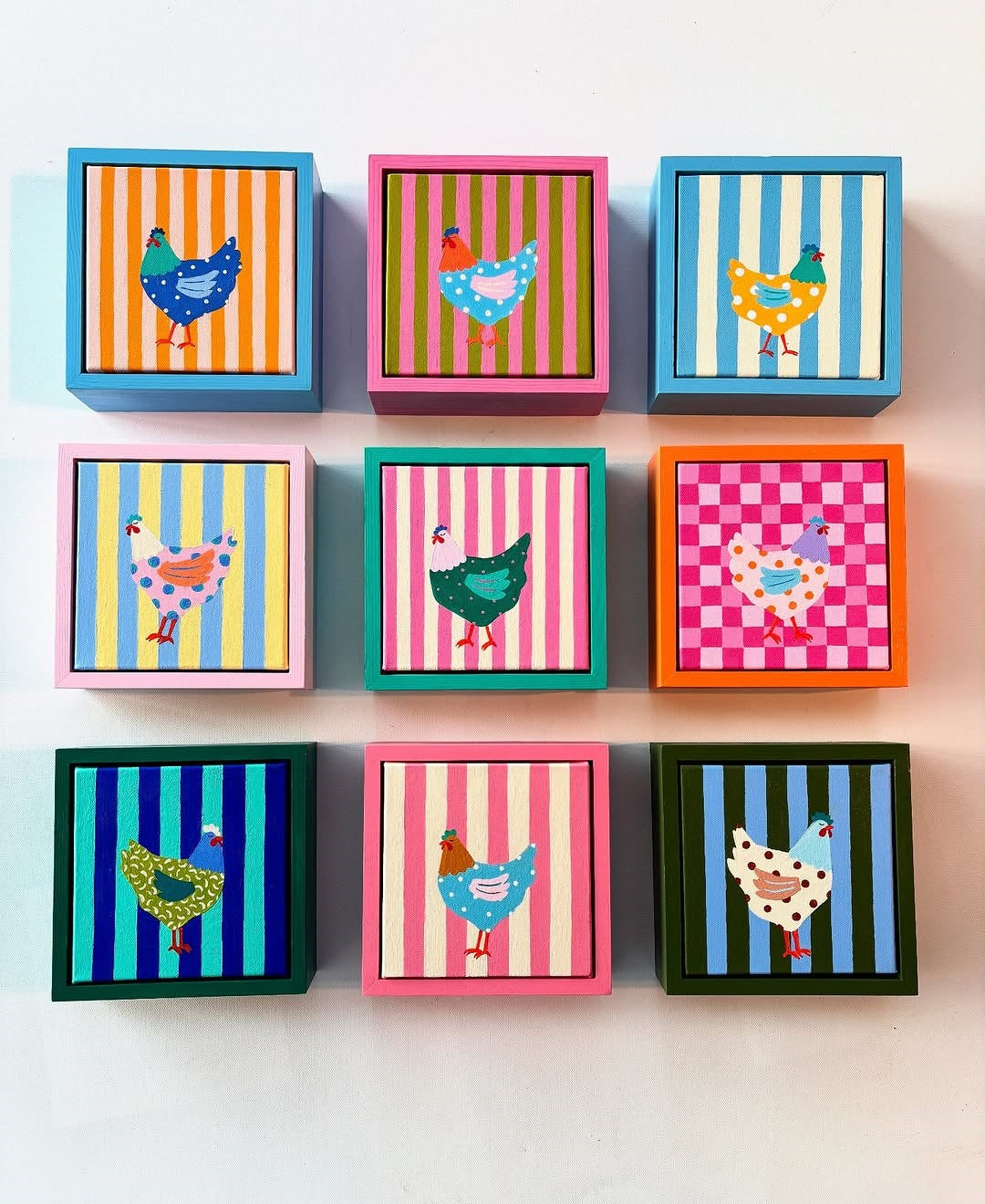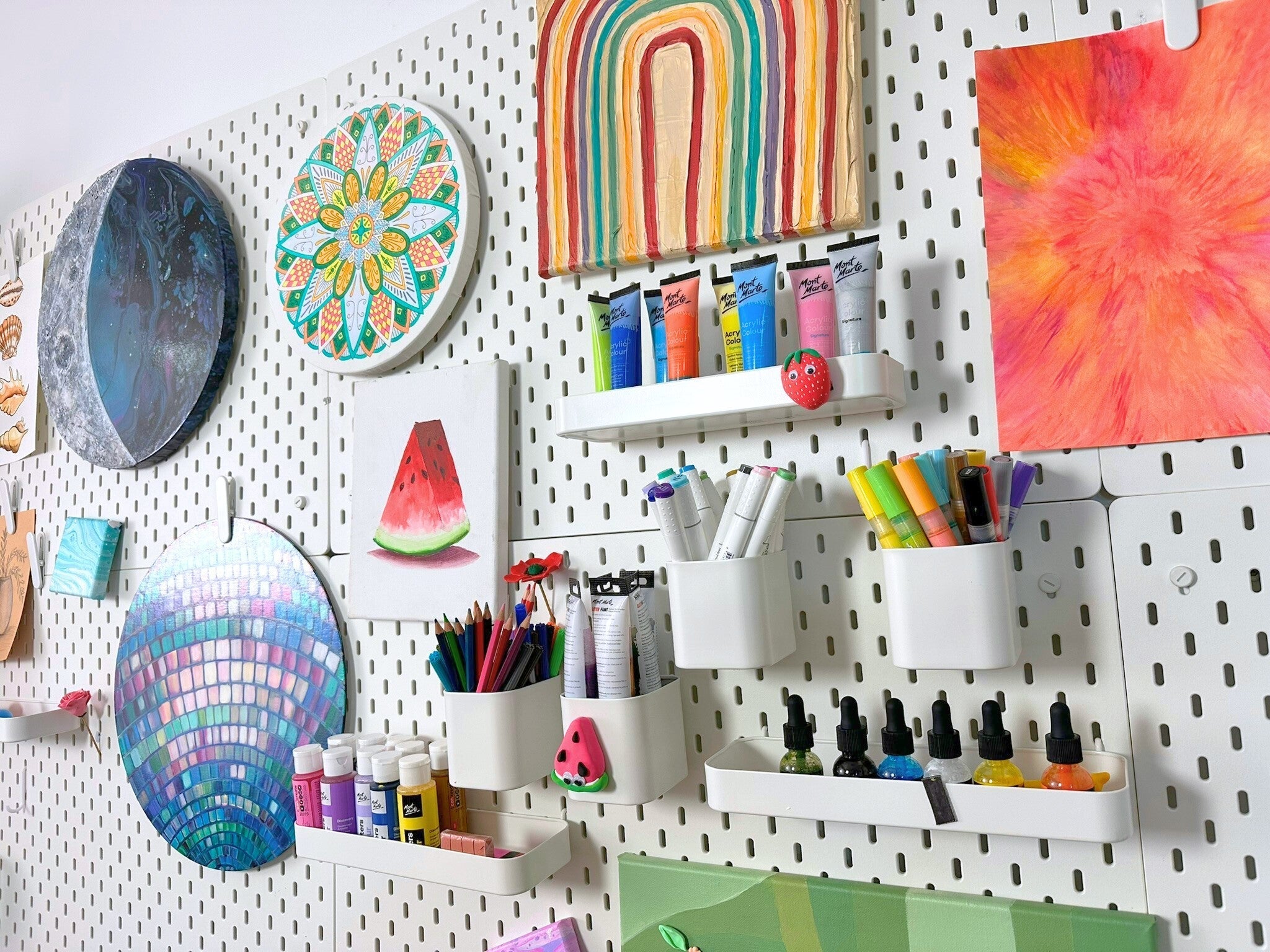Acrylic is one of the most popular, widely used and flexible of all the paint mediums. Included here are some indispensable tips and techniques for maximising efficiency as well as your enjoyment of this versatile paint. Included are simple ways to enhance performance, maintenance, methodology.
Keep Paints Workable
One of the features that set acrylic paints apart from oils is how fast they dry. This is at times both a blessing and a curse. There are a number of ways to stop the paint from drying out before you're finished with it. It is a good idea to keep a spray bottle of water close by to spray on your palette every so often to keep it hydrated. There are also mediums you can buy, like 'retarder', which you mix with the paint to slow the drying process.
Cling Wrap
Cling wrap is a very useful tool for the acrylic artist. If you wrap it around your palette before you put paint on it, it is a fine material for mixing the paint on, and lessens the amount of cleaning considerably. Also, you can put cling wrap over your paint to preserve it for a bit longer if you are called away, even for a couple of days.
Maintain your brushes
Never leave brushes sitting in containers of water for extended periods of time. The water soaks into the wooden handle, causing the wood to expand and the paint on the handle to flake. It also loosens the glue holding the bristles in place, so you end up with bristles on your next painting. You should also not leave brushes with paint on them. The paint will dry and the brush will need to be thrown away. There's no saving a brush with acrylic paint fully dried onto it.
Dry Brushes
After you rinse your brushes, make sure to dry at least above the bristles with a scrap of cloth or kitchen paper, otherwise you'll find the water will drip down the handle as you paint and cause running in the paint.
Impasto Gel
lmpasto gel is a versatile product which increases the surface area you can cover with an amount of paint. You mix it with the colour, it loses very little pigment, and it seems like you now have a lot more of that colour. In this way you could cover a whole canvas with one base colour rather than only maybe half. It is also a good substance for creating thick areas of paint and interesting textures.
Use a variety of tools
You aren’t limited to just using brushes to apply acrylic paint. As it tends to be cheaper than oil paint, and available in larger quantities, you can apply it in a much thicker, more textured way. Palette knives are useful tools for smearing paint onto the canvas, or scraping designs into thick layers of paint.
Layer thin to thick
Start with thin paint and then work your way up to thick paint. It's good to begin with a very light, watery sketch then add layers of shading before you start with thick colours. Painting is a process of building up layer after layer until you reach a point where you're satisfied that the piece is finished.
View our Acrylic paint range here.
Want to show us your latest work? Tag us on Facebook or Instagram using #montmarteart so we can see what you’re creating!


































